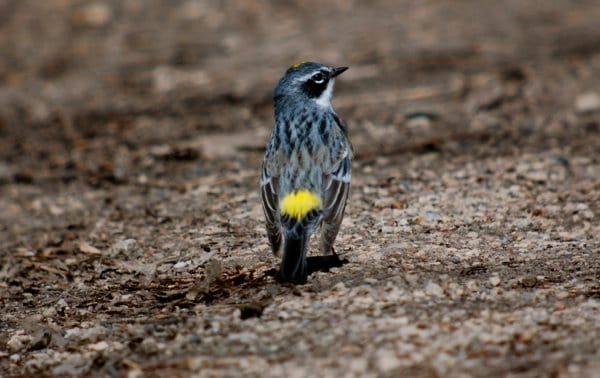
It’s that special time of year when birds begin to move north and people see a migrant during a snow storm and ask, “Can that bird survive??” The answer? Yes. Usually.
I was reminded this week as Minnesota received a few more inches of snow and some sub zero wind chills. Great Blue Herons are returning to the state (as they do this time of year) and people see them and worry. As long as the birds can find some open water and reliable fish, they should be fine. Birds, especially those that return to spring earlier than other species or stay later are hardier than we expect. If finches can survive a Minnesota winter…herons will be fine.
Minnesota is known for a long harsh winter like many states in the northern U.S. And a lot of birds that you see in colder temperatures are able to survive it. Mallards are a good example, a hearty and endurable bird that can survive sub zero temperatures so long as they found ample supplies of food like corn and some open water to roost on and be protected from coyotes and foxes.
Birds are adaptable creatures and some like the above yellow-rumped warbler take a gamble when they return in migration. Sure, they may arrive well before other bird species and risk getting caught in a cold snap without an ample source of food, but they are willing to investigate new sources. Above is a photo of Yellow-rumped Warblers and a Nashville Warbler feeding off of some discarded frames for a beehive. There had been a cold snap and these birds flew down to feed off of the hold beehive equipment that had been left outside. The birds were feeding on dead bees, wax and tiny deposts of honey on the frames.
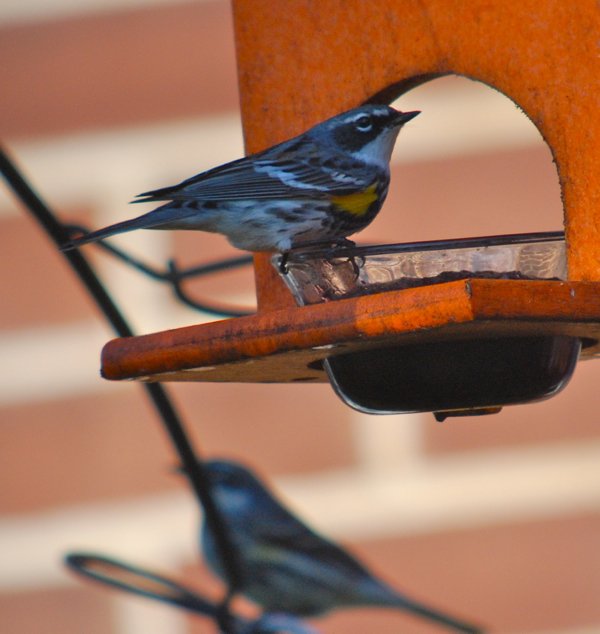
Warblers will also check out bird feeders if the insects are delayed in hatching upon their arrival. Enterprising birds will see the chickadees and sparrows coming down and realize their might be food there for them. Sometimes it’s oranges and jelly from an oriole feeder. This isn’t a bad time to toss in some mealworms or wax worms to the oriole feeder.
Here’s a Pine Warbler feeding on sunflower chips. Some birds will perish under these circumstances, but the birds who can tough it out have hardy genes that can be passed on to future generations. Surviving winter whether via migrating or sticking it out are both gambles and some strategies for survival are more successful than others. Migration has the unknown, storms, buildings, wind turbines, glass and a surprise loss of fueling habitat. Sticking it out in one spot means that the bird has to find enough food to sustain itself and stay warm. Both come with uncertainties, but again these are creatures that have an excellent circulatory system, insulating feathers and adaptability on their side.
So don’t freak out if you see a traditional spring bird fluffed against a surprise cold snap, birds are hardier than you think.



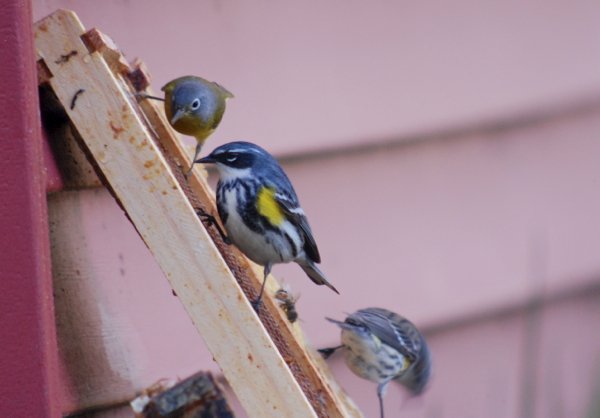
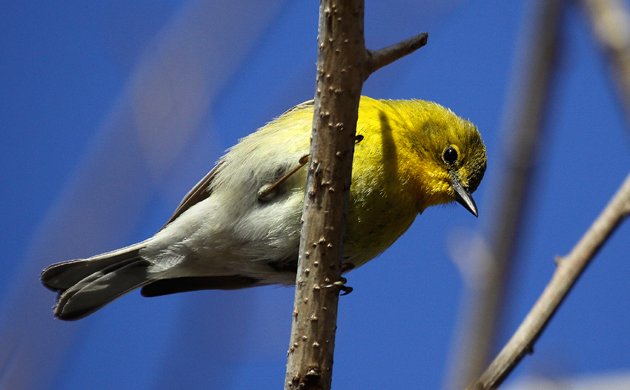
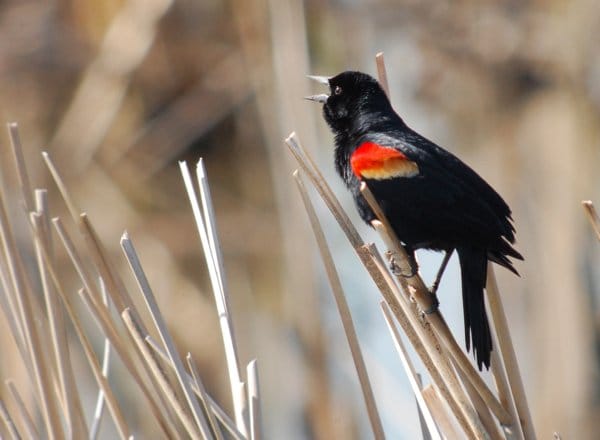







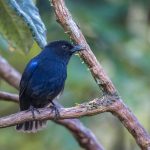
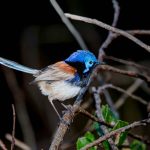
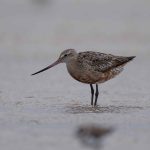
What about the opposite problem? I spend the summers on a lake in Maine, and there are quite a few nesting loon pairs. Often, their first clutch doesn’t make it, but the second is able to grow throughout the summer. Unfortunately, this means they’re still very young when I leave them in August. How long can they survive on the lake (Northern Maine becomes very, very cold very quickly)? Long enough that their chicks will make it?
Thanks for a reassuring post! What I wonder about is where the birds go during storms? I live on the Olympic Peninsula, and when a storm is coming in, there are no birds to be found along the shore, except for the hardy Glaucous-winged Gulls and crows. The ducks and other sea birds all disappear from sight!